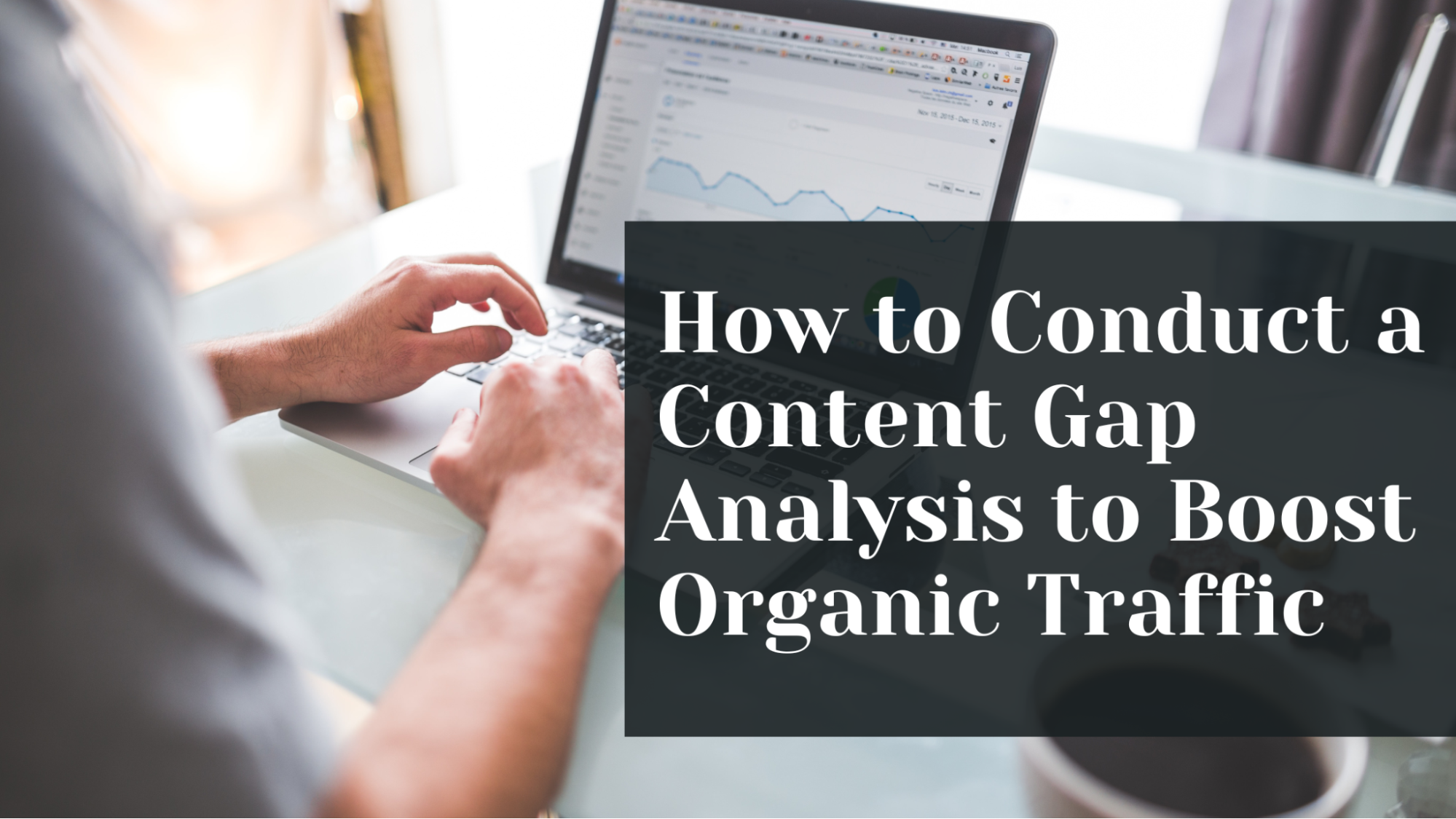How to Conduct a Content Gap Analysis to Boost Organic Traffic
February 20, 2025
Why Link Building Remains a Key Pillar of Successful SEO
January 3, 2025
Key Trends in Local SEO: What Businesses Need to Focus on in 2025
December 11, 2024
The Impact of AI on SEO in 2024 and Best Practices
November 4, 2024
Boost Your Search Rankings with These Free Keyword Tools
October 30, 2024
Enhance Your Google Rankings with Core Web Vitals Consulting
October 23, 2024
How Web Hosting Affects Your Website’s SEO and Performance
October 23, 2024









